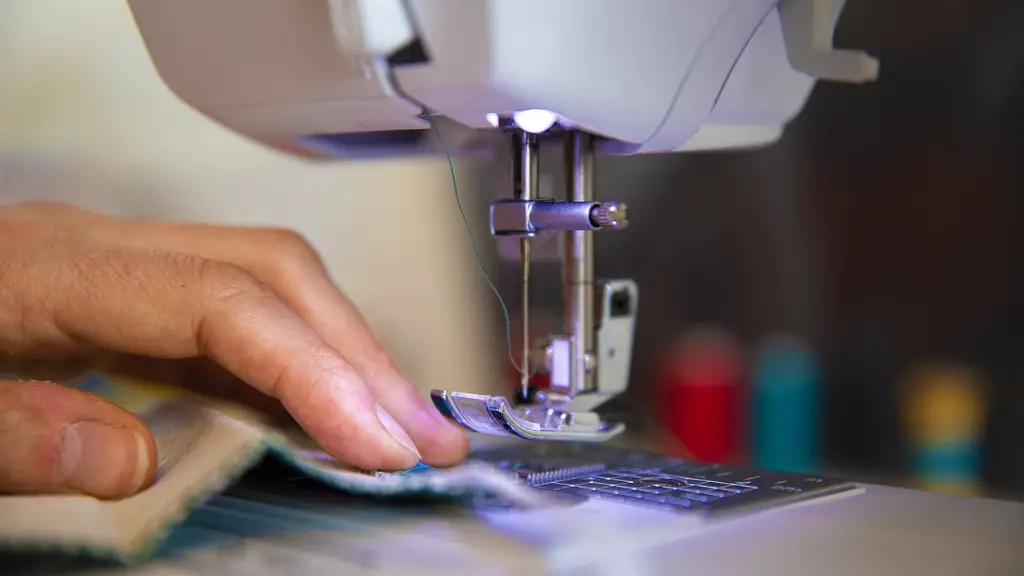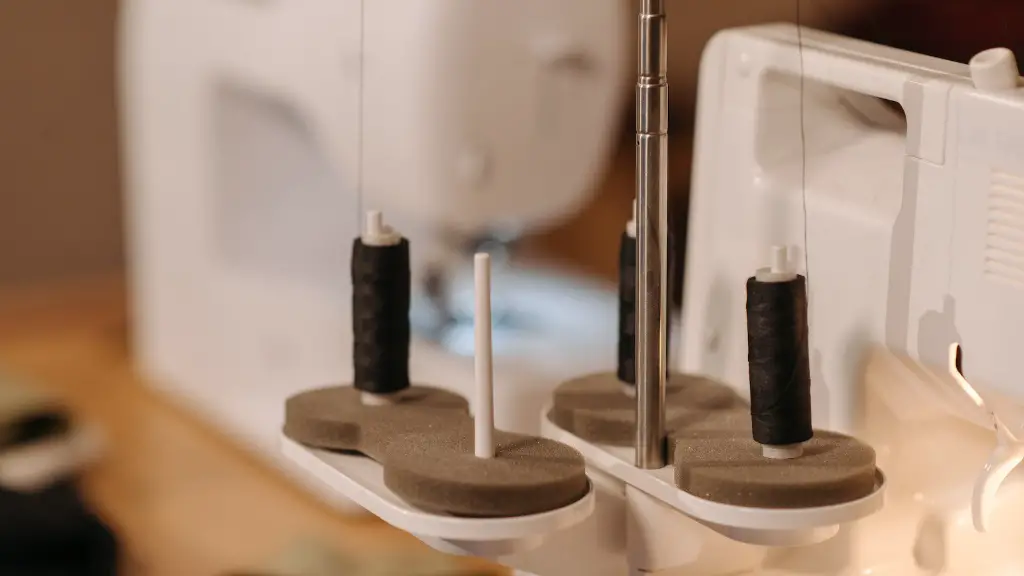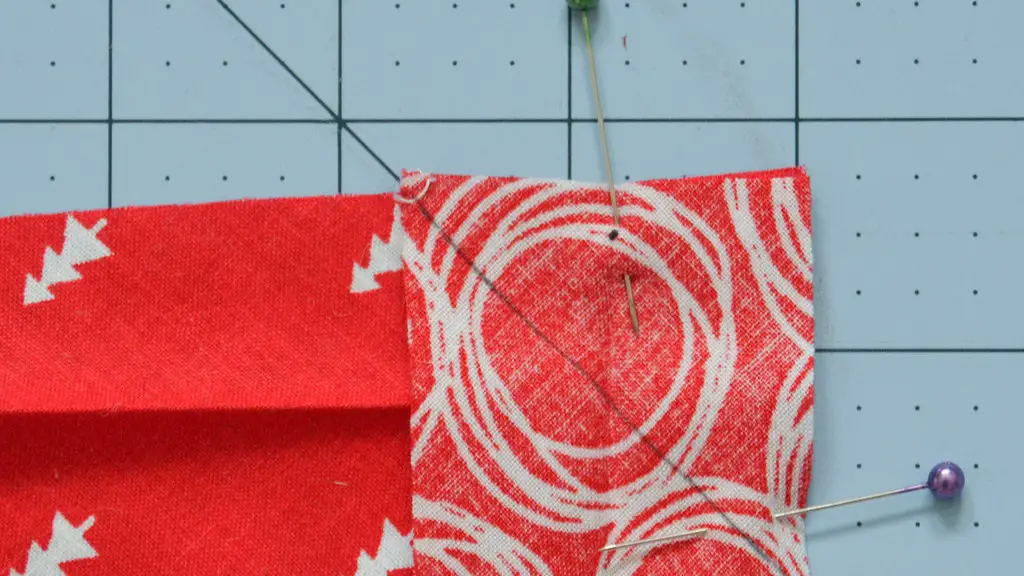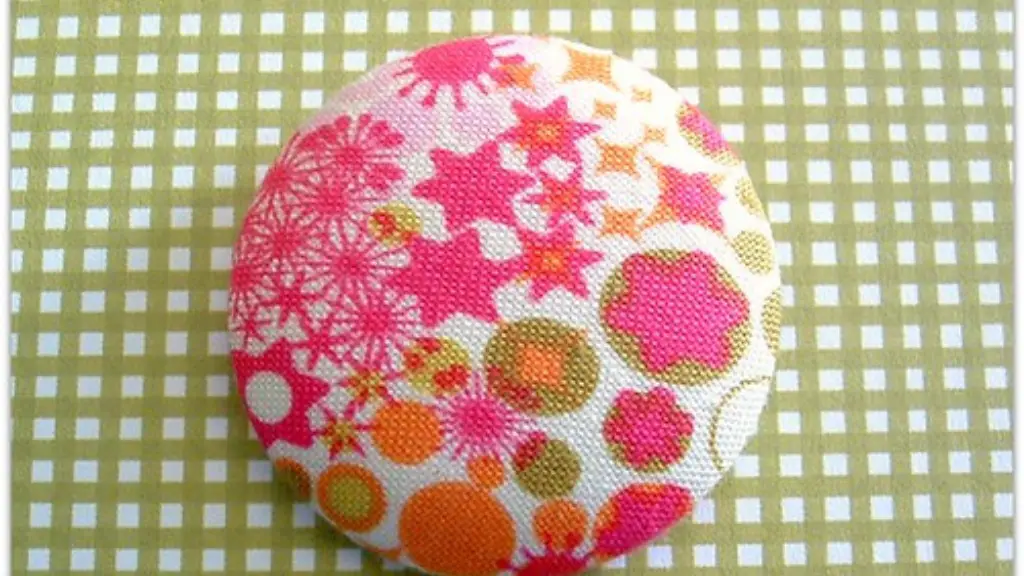What is Applique Sewing?
Applique sewing is an ancient sewing art form that dates back centuries and has recently made a resurgence in popularity. Applique sewing involves creating a decorative or motif pattern on fabric using stitching. The fabric and the thread that is used to sew the pattern can be the same or different colors, and the patterns can vary from very simple and straightforward shapes to complex and intricate designs. Applique sewing is a process that can be done by beginner sewers as well as more experienced sewers who want to explore the world of decorative stitches.
How to Prepare for Applique Sewing
Before starting on an applique project, it is important to have the proper supplies. The materials needed for applique sewing include fabric, stabilizer, thread, scissors, measuring tape, and a sewing machine. Fabrics can vary depending on the type of project and whether the fabric will be decorative or practical. Stabilizer is a stiff material that helps keep the fabric in place while sewing and allows for more precise stitches. Thread is an essential part of applique sewing, as the thread is what makes a pattern stand out or blends into the fabric. Decorative threads can be used to make a project look more refined, or colors that match the fabric can make it look more subtle.
Choose the Right Sewing Machine For Applique
The right sewing machine for applique will depend on the type of applique project that is being done. For sewing large pieces of fabric, a heavy-duty machine is the best option as it will be able to handle the strength that is needed. If the project involves finer details, a lightweight machine might be the better option as it will be more precise and able to sew smaller patterns. It is important to also look for sewing machines that have adjustable settings that will allow you to adjust the tension and speed for applique projects.
Choose the Right Stitch for Applique
When it comes to applique sewing, choosing the right stitch is just as important as choosing the right fabric and sewing machine. The type of stitch used should depend on the size and shape of the fabric pieces that are being stitched together. Smaller pieces of fabric require a tighter stitch to ensure a smooth finish, while larger pieces can be sewn with a looser stitch. A straight stitch or a zigzag stitch can be used for most applique projects and provide a secure, yet decorative look.
Create the Applique Design
Once the supplies have been gathered and the sewing machine has been selected, it is time to create the applique design. It is important to take the time to plan out the design before sewing, as this will go a long way in ensuring the finished product looks neat and professional. If the applique design is more complicated, the design can be drawn onto the fabric with a tailor’s chalk or stitch markers. After the design has been created, it is time to start stitching.
Sew the Applique on the Fabric
To sew the applique, the fabric should be securely placed on the sewing machine and the thread should be lined up with the fabric. The machine should be set to the appropriate stitch and tension and then the pattern can be stitched. The sewing process should be done slowly to ensure that the stitches are even and the pattern looks neat. If the stitches do not look right, they can always be adjusted or the design can be stitched again.
Finish the Applique
Once the design has been stitched, it is important to secure the ends of the thread. This can be done by knotting the thread and then snipping off the excess. If the fabric was stabilized by ironing on a stabilizer before stitching, the stabilizer should be snipped off at this point. Once the applique has been completed, it’s ready to use or be added to a project.
Tips for Applique Sewing
• Pre-wash your fabric before cutting and stitching as this will ensure that the fabric doesn’t shrink once the applique is complete.
• Use a smaller needle size when sewing intricate designs as it will create less visible stitches.
• To give the applique a more professional look, use a topstitch. This is a small loop of thread near the edge of the applique that creates a neat and tidy finish.
• When using multiple colors of thread, use a bobbin thread that is the same color as the top thread as it will create a cohesive and uniform look.
• When hand-stitching appliques, use a thimble to make the process smoother.
Storing and Preserving Appliques
Once the applique sewing project is complete, it is important to store and preserve the applique correctly. It is best to store appliques in an airtight container so that dust and dirt does not damage the fabric. It is also important to store the appliques in a cool and dry place as too much humidity can cause the fabric to discolor or mildew. Lastly, make sure that the appliques are not stored alongside items that may cause color to be transferred to the fabric, such as leather or rubber items.
Maintenance and Cleaning
In addition to proper storage and preservation of appliques, it is also important to maintain and clean the fabric properly. The fabric should be spot cleaned with a damp cloth and gentle detergent when needed. If the applique is on a garment, the garment should be washed and dried according to the instructions on the care label. For more delicate fabrics, it may be best to handwash the garment or have it professionally cleaned.
Embellishing Appliques
Appliques can also be embellished by adding additional materials to the fabric such as ribbon, beads, or buttons. This is a great way to add a unique and personalized touch to an applique project. Ribbon can be added to fabrics with a zigzag stitch or by hand-stitching it in place. Beads and buttons can also be added to fabrics by sewing them in place with a contrasting thread. This is a great way to make an applique project stand out and add a creative flair.
Making an Applique Artwork
Appliques can be a great way to create a unique and beautiful artwork. An applique art project can be as simple as cutting shapes out of fabric and stitching them together or as complex as creating an elaborate quilt. Making an applique artwork is a fun and creative way to express yourself, and it is an activity that can be enjoyed by all ages. Once the artwork is complete it can be used to decorate your home or given away as a special gift.
Adding Appliques to Garments
Appliques can also be used to add a special touch to clothing items. Appliques can be added to t-shirts, sweaters, jackets, and dresses with a sewing machine or by hand. This is a great way to personalize clothing items and make them more unique. When hand-stitching appliques on clothing, it is important to use a needle that is the appropriate size, as this will prevent the fabric from being damaged.
Conclusion
Applique sewing is a process that requires the right supplies, patience, and practice. With the right materials and a bit of creativity, anyone can create beautiful appliques to add a special touch to fabric and clothing items. Appliques can be simple or intricate, depending on the level of skill of the sewer. With a bit of practice and patience, anyone can create amazing works of art with appliques.



